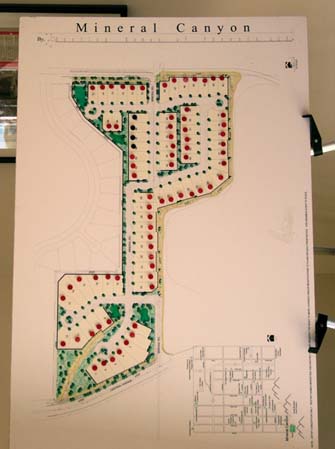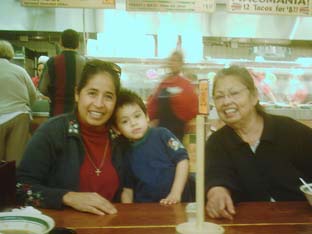|
|
|
|
South Phoenix: Apartheid Inspired City Planning? Goldberg in his Racial Culture book looks at the apartheid in South Africa. In South Africa, the Group Areas Act of 1950 served as a way to build cities. Its main points involved segregating races and building a city around race separation. Sara Griniski pointed out a few weeks ago that South Phoenix has been a product of laws passed almost a century ago. The Group Areas act and the early city of Phoenix plans have much in common. The Group Areas Act first calls for residential zones for each racial group. South Phoenix is predominantly Mexican American but also contains many African American and Asian Americans. The White population is everywhere else that South Phoenix isn’t. Simply walking down the street in South Phoenix will show the observer through the shop signs in Spanish that this area is built by and for a specific group. Secondly, the Group Areas Act calls for physical or imaginary boundaries around racial zones. South Phoenix is bordered to the north by the River, south by the mountain, a freeway to the east, and by walled off subdivisions to the west. Third, racial zones should be nearly self sufficient by having popular work sites for each group in or around that residential areas so that no crossing through other residential areas happens. South Phoenix contains many local owned stores, as well as a few industrial plants. These businesses all tailor to the people of this area, and would only be found in the area because whiter areas wouldn’t have a smoke stack in their backyard.
Fourth, the Group Act calls for the central business district to remain under white control. South Phoenix’s business centers are controlled by the white population indirectly. The City of Phoenix though laws and the business sectors and financial institutions through money all determine whether or not the South Phoenix businesses will even exists through this round of urban redevelopment.
It is quite odd how South Africa and South Phoenix have such a hug connection in something other than their names.
|
|
| Jump back to SPHX 2005 | |



